There is a sound like someone is walking in my attic – are there unfamiliar sounds emanating from your attic? You are right to be concerned, as scratching and similar noises may indicate rodents or other wildlife taking up residence in your loft.
No surprise here, as lofts can be quite attractive for squirrels and other rodents. However, you certainly don’t want these to be your roommates. Rodents are known to cause damage to stored items by gnawing on them and they can also create potential fire hazards by chewing on electric cabling.
So in this article, you will find information on how to properly identify the animal in your attic, based on the noises coming from the ceiling.
Table of Contents
What is the most common pest in the loft?
What animal is in my loft? The most common pests in lofts are rodents, specifically rats and mice. Rodents are attracted to lofts as they provide a warm and safe place to nest and can easily access food sources in the home.
However, they can cause significant damage to the loft and the items stored in it and pose a health risk due to the bacteria and diseases they carry. It’s important to take prompt action if you suspect a rodent infestation in your loft, as they can reproduce quickly and become a serious problem if left unchecked.
Squirrels, birds and wasps are also common unwelcome visitors to attics in the UK.
How to tell what kind of animal is in your attic
To identify any signs of invaders, carefully inspect your attic for visible indicators, such as droppings, evidence of nesting, and signs of gnawing damage.
There are several ways to determine the type of animal living in your attic. Here are some tips:
- Listen carefully to the sounds: Different animals have their distinct sounds. Scratching, gnawing, and scampering sounds are commonly associated with rodents like rats and mice, while chattering, chirping, and scampering sounds may indicate the presence of squirrels. More on the specific sounds, you can find in the next section.
- Check for droppings: Animal droppings can provide valuable clues about the type of their presence. For example, rat droppings are small and pointed, while squirrel droppings are larger and more rounded.
- Look for damage: Different animals may cause different types of damage in your loft. For instance, rodents may chew on wires and insulation, while squirrels may create holes or chew on wooden beams.
- Look for tracks: You can look for tracks in the dust or insulation in your attic. Rodents have four toes on their front feet and five on their back, while squirrels have five toes on all of their feet.
- Use a trail camera: If you’re having difficulty identifying the animal, you can set up a trail camera to capture images of the creature in action.
Prompt investigation of unusual noises is essential, as nests and droppings can provide a breeding ground for insects that may carry harmful diseases into your home.
What animals live in attics in the UK?
Remember, it’s essential to identify the animal before taking any action. If you’re unsure, it’s always best to seek the help of a professional pest removal service.
These are some of the most common animals found in attics in the UK and the noises they make that can help identify them:
Birds
Birds are easily identifiable by their frantic flapping, tweeting sounds, and chirping during the day. This is a clear indication of the bird’s presence. Birds may make noise in your attic while building nests or roosting. The number of pigeons in people’s attics increases every year.
Check also: Pigeon Nest – Removal and Life Cycle of Pigeons
Squirrels
Squirrels may be storing food or nesting in your attic. They are known to be most active during the early mornings and evenings, producing frantic running and excessively loud scratching noises. Squirrels possess a destructive habit of chewing on anything, including the wooden structures in the attic, which can lead to severe damage, especially if they chew through a wire. A squirrel can also carry fleas and mites, so don’t let them roam your home freely. Call an expert as soon as you notice them to get rid of squirrels in the attic.
Learn all about How to Get Rid of Grey Squirrels in Loft or Attic
Rats
What do rats in the attic sound like? These pests make scratching or scurrying sounds in the walls or attic during the day and night. They tend to gnaw louder than mice, making their presence more noticeable. Rats can infiltrate most spaces and seek shelter in cavity walls and loft insulation. You will likely hear scratching in a particular area if multiple rats have invaded your attic. When trying to locate the noise source, tapping into the area may cause them to remain silent and relocate to another part of the attic. It’s best if you take action and get rid of rats in the attic as promptly as possible in order to avoid further damage.
Mice
You’ll most likely hear light scratching or nibbling if you have mice in your loft. You’ll need to find the entry points they used to enter your attic so that you can cover them. Learn What Are The Signs of a Mouse Infestation. Due to their ability to find their way into tiny gaps, including vents and pipes, you will need to be thorough. Mice in the loft should be treated quickly to prevent a large mice infestation, as they breed rapidly.
Read more about How to Get Rid of Mice in Your House
Insects
A large wasp nest in your attic may produce a humming sound. Lofts are perfect places for wasp nests in the spring and summer. These nests can be as big as a football, and you may hear a dull buzzing sound if you get too close. You should not approach or threaten them, especially if you have allergies. If feeling threatened, they can sting multiple times. Hence, it might be best to seek professional help to safely and effectively remove wasp nests.
Bats
Even though bats are silent flyers, they can sometimes be heard in your attic. It is typically when one or more bats become trapped in your attic that the sounds become more prominent. If the bats try to move through insulation, you may hear their wings flapping. Additionally, bats will make high-pitch-chirping sounds. If you have discovered bats in your attic, do not try to kill these animals. It is important to note that bats are a protected and endangered species, and it is illegal to harm them. Whenever bats are roosting in your attic, you should consult the Bat Conservation Trust before performing any treatment.
You may hear noises in your attic if you live in an older home or in an area with wildlife. However, if there is a persistent, loud noise or other signs of a problem like droppings or structural damage, then there may be an animal or pest infestation in your attic. Ideally, you could contact a professional pest control company to inspect your property and identify the source of the noise in the attic.
Takeaways
- Noise from your attic that is unfamiliar may indicate rodents or other wildlife living there;
- You can identify invaders by inspecting your attic for droppings, evidence of nesting, and signs of gnawing;
- You should identify the type of animal before taking any action;
- Bats in your attic should be reported to the organisation responsible for their protection and not killed;
Image source: Shutterstock / IrinaK
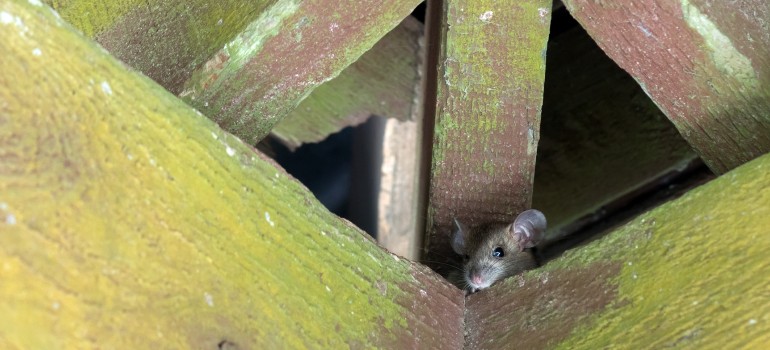
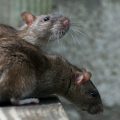
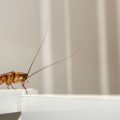


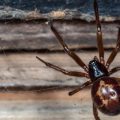
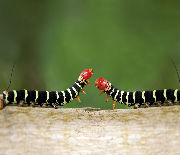
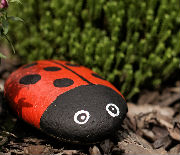
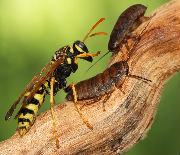
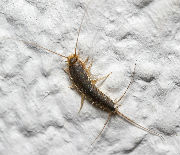
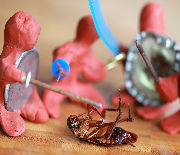
Leave a Reply